Trioctylamine
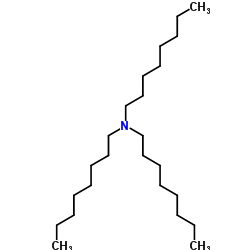
Trioctylamine structure
|
Common Name | Trioctylamine | ||
|---|---|---|---|---|
| CAS Number | 1116-76-3 | Molecular Weight | 353.668 | |
| Density | 0.8±0.1 g/cm3 | Boiling Point | 363.5±10.0 °C at 760 mmHg | |
| Molecular Formula | C24H51N | Melting Point | 34 °C | |
| MSDS | Chinese USA | Flash Point | 147.4±6.6 °C | |
| Symbol |

GHS07 |
Signal Word | Warning | |
| Name | Trioctylamine |
|---|---|
| Synonym | More Synonyms |
| Density | 0.8±0.1 g/cm3 |
|---|---|
| Boiling Point | 363.5±10.0 °C at 760 mmHg |
| Melting Point | 34 °C |
| Molecular Formula | C24H51N |
| Molecular Weight | 353.668 |
| Flash Point | 147.4±6.6 °C |
| Exact Mass | 353.402161 |
| PSA | 3.24000 |
| LogP | 11.22 |
| Vapour Pressure | 0.0±0.8 mmHg at 25°C |
| Index of Refraction | 1.454 |
| Water Solubility | chloroform: 0.1 g/mL, clear, colorless |
CHEMICAL IDENTIFICATION
HEALTH HAZARD DATAACUTE TOXICITY DATA
|
| Symbol |

GHS07 |
|---|---|
| Signal Word | Warning |
| Hazard Statements | H315-H319-H335 |
| Precautionary Statements | P261-P305 + P351 + P338 |
| Personal Protective Equipment | Eyeshields;full-face respirator (US);Gloves;multi-purpose combination respirator cartridge (US);type ABEK (EN14387) respirator filter |
| Hazard Codes | Xi:Irritant;N:Dangerousfortheenvironment; |
| Risk Phrases | R36/37/38;R51/53 |
| Safety Phrases | S26-S61-S36/37/39-S29 |
| RIDADR | UN3082 |
| WGK Germany | 2 |
| RTECS | RG8225000 |
| Packaging Group | III |
| Hazard Class | 9 |
| HS Code | 2921199090 |
| Precursor 10 | |
|---|---|
| DownStream 10 | |
| HS Code | 2921199090 |
|---|---|
| Summary | 2921199090 other acyclic monoamines and their derivatives; salts thereof VAT:17.0% Tax rebate rate:9.0% Supervision conditions:none MFN tariff:6.5% General tariff:30.0% |
|
Label-Free Nanoplasmonic-Based Short Noncoding RNA Sensing at Attomolar Concentrations Allows for Quantitative and Highly Specific Assay of MicroRNA-10b in Biological Fluids and Circulating Exosomes.
ACS Nano 9 , 11075-89, (2015) MicroRNAs are short noncoding RNAs consisting of 18-25 nucleotides that target specific mRNA moieties for translational repression or degradation, thereby modulating numerous biological processes. Alt... |
|
|
Application of artificial neural network to investigate the effects of 5-fluorouracil on ribonucleotides and deoxyribonucleotides in HepG2 cells.
Sci. Rep. 5 , 16861, (2015) Endogenous ribonucleotides and deoxyribonucleotides are essential metabolites that play important roles in a broad range of key cellular functions. Their intracellular levels could also reflect the ac... |
|
|
Hollow fibre liquid phase micro-extraction by facilitated anionic exchange for the determination of flavonoids in faba beans (Vicia faba L.).
Phytochem. Anal. 26 , 346-52, (2015) Flavonoids are polyphenolic compounds found ubiquitously in foods of plant origin. They are commonly extracted from plant materials with ethanol, methanol, water, their combination or even with acidif... |
| EINECS 214-242-1 |
| MFCD00009560 |
| Trioctylamine |
| Tri-n-octylamine |
| N,N-Dioctyloctan-1-amine |
| Tri-Normal-Octylamine |
| 1-Octanamine, N,N-dioctyl- |
| N,N-Dioctyl-1-octanamine |
 CAS#:111-87-5
CAS#:111-87-5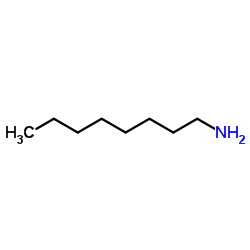 CAS#:111-86-4
CAS#:111-86-4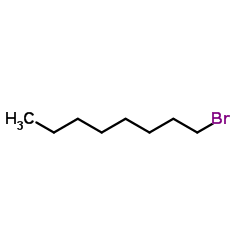 CAS#:111-83-1
CAS#:111-83-1 CAS#:13103-04-3
CAS#:13103-04-3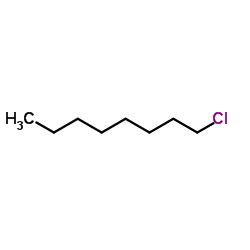 CAS#:111-85-3
CAS#:111-85-3 CAS#:629-27-6
CAS#:629-27-6 CAS#:1120-48-5
CAS#:1120-48-5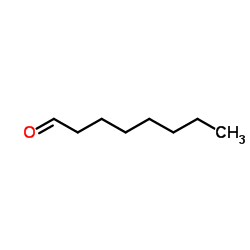 CAS#:124-13-0
CAS#:124-13-0 CAS#:124-12-9
CAS#:124-12-9 CAS#:100-52-7
CAS#:100-52-7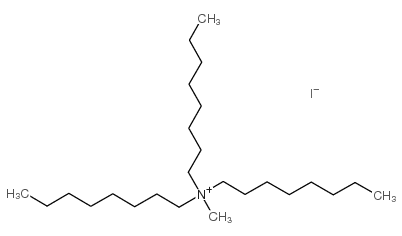 CAS#:35675-86-6
CAS#:35675-86-6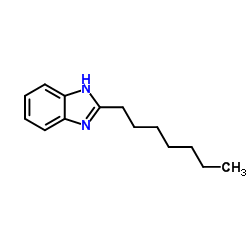 CAS#:5851-49-0
CAS#:5851-49-0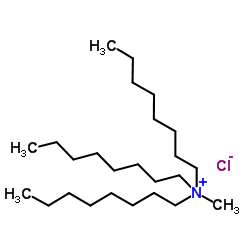 CAS#:5137-55-3
CAS#:5137-55-3 CAS#:76574-43-1
CAS#:76574-43-1 CAS#:6048-82-4
CAS#:6048-82-4 CAS#:5292-42-2
CAS#:5292-42-2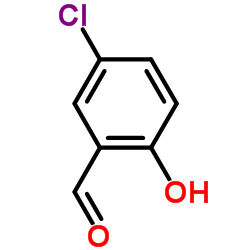 CAS#:635-93-8
CAS#:635-93-8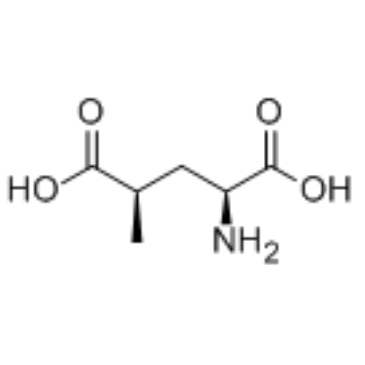 CAS#:31137-74-3
CAS#:31137-74-3
